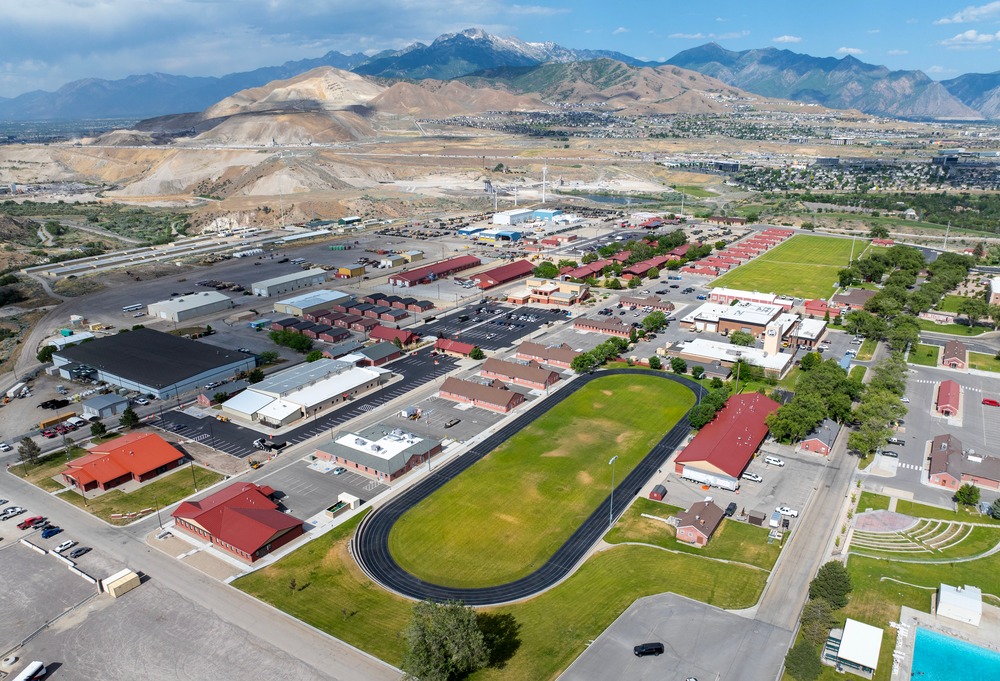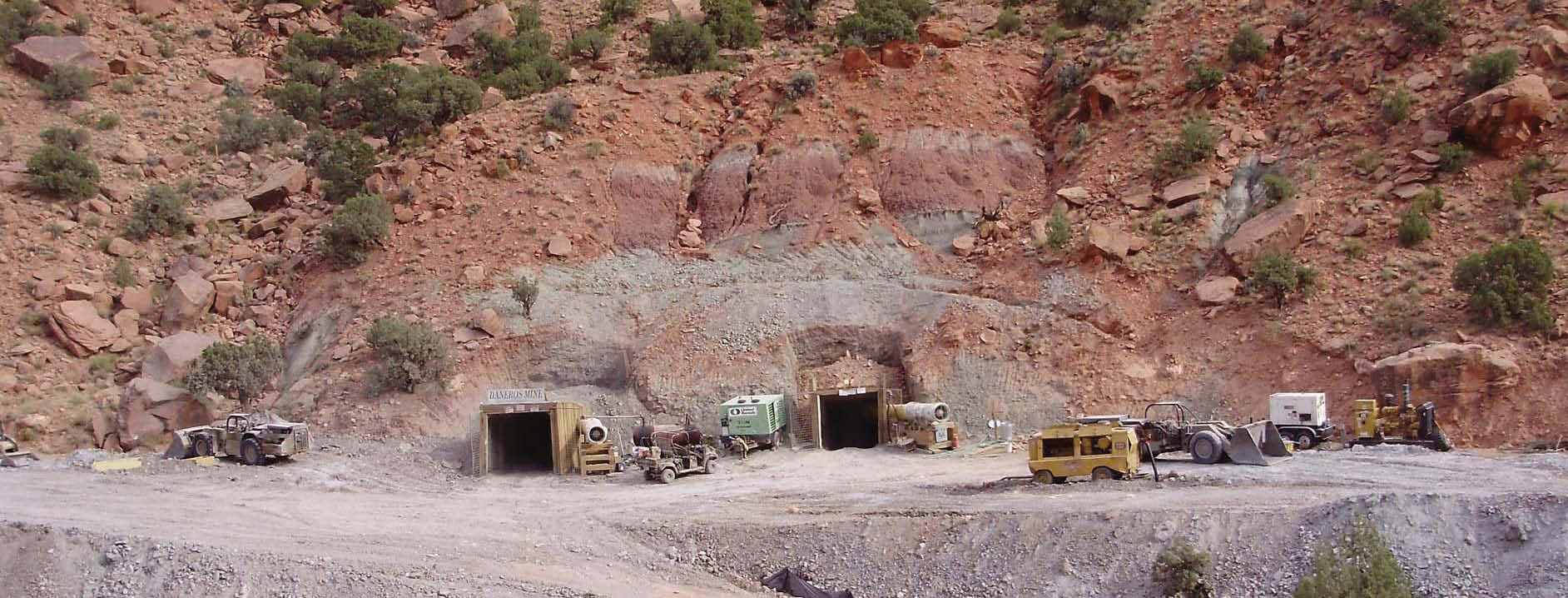After decades of stalled reforms and regulatory roadblocks, nuclear energy finally has an opening thanks to a recent Supreme Court ruling that reined in the ability for activists to abuse the environmental impact approval process outlined in the National Environmental Policy Act (NEPA). This ruling doesn’t solve the whole problem facing nuclear energy development, but it serves as a crack in the dam currently holding back progress. In turn, this opens the door for states like Utah to respond to the demand of its growing communities and economy by investing in nuclear energy projects. Even before this ruling, Utah state leaders have demonstrated they are prepared to take that challenge seriously, and now they have an opportunity to lead on this decision.
The Supreme Court’s recent decision in Seven County Infrastructure Coalition v. Eagle County—a case about railroad permitting—closed a loophole that was frequently exploited to stall infrastructure projects indefinitely. In this case, after the Surface Transportation Board approved a rail line connecting Utah and Colorado, a lower court struck it down, arguing the board should have also analyzed the downstream environmental impact of the oil that might be transported. The Supreme Court rejected that logic, ruling that environmental reviews should focus on the project itself, not speculative side effects. Though the case dealt with railroads, the decision weakens a tactic long used to delay nuclear energy projects and brings states one step closer to building the clean, reliable power infrastructure the future demands.
In June, the Department of Energy announced a new pilot program to accelerate the testing of advanced nuclear reactors. This program allows private companies to build and operate test reactors outside of national laboratories. Instead of going through the traditional licensing process at the Nuclear Regulatory Commission, applicants can seek authorization directly from DOE. The agency hopes to see at least three reactors operational by this time next year. This policy shift represents a significant effort to modernize federal regulation and encourage investment in next-generation nuclear technology.
At the same time, Utah is making its own progress. The Utah National Guard has announced a partnership with a California-based company (ironically) called Utah Energy to build a facility at Camp Williams. This facility will support manufacturing related to nuclear fuel enrichment. Although the project is still in the early stages, it could help reduce the nation’s reliance on imported uranium. Currently, the Department of Energy reports that more than one-third of the enriched uranium used in U.S. reactors originates from Russia.

These developments align with Utah’s broader energy goals. Last year, the state launched Operation Gigawatt, an initiative aimed at doubling Utah’s energy output over the next decade. Population growth, retiring coal and gas plants, and the increasing demand from data centers and electric vehicles all point to the need for long-term planning. Nuclear energy plays a key role in that strategy.
Utah is well-positioned to lead in this space. The state has abundant uranium resources, including the only conventional uranium mill operating in the United States. It also benefits from public support for nuclear energy. A recent statewide poll from the Deseret News found that 65% of Utahns support building a nuclear power plant, while 31% are opposed and 4% remain undecided. Among young adults aged 18 to 24, not a single respondent expressed opposition. Support was also broad overall, with 36% saying they are “strongly” in favor and another 29% “somewhat” in favor. These numbers show that Utah residents are ready for a serious investment in clean, reliable baseload power.

It is understandable that some residents still have concerns about safety or waste. Utah’s history with nuclear testing is not forgotten. But today’s advanced reactors are fundamentally different. Most are small and use sealed designs with passive safety features. They are built to be safer, more efficient, and more sustainable than the systems of the past.
Utah’s approach is focused on careful planning and long-term benefit. By aligning with federal reforms and removing unnecessary delays, the state is creating the perfect conditions for innovation and energy abundance. That includes converting older fossil fuel sites, investing in infrastructure, and supporting research partnerships.
All of these steps reflect a thoughtful strategy built on public trust, economic need, and scientific progress to show that energy independence and resilience are no longer abstract goals. Utah is showing how they can be achieved through local leadership and common sense. Other states looking for a path forward should take note.






